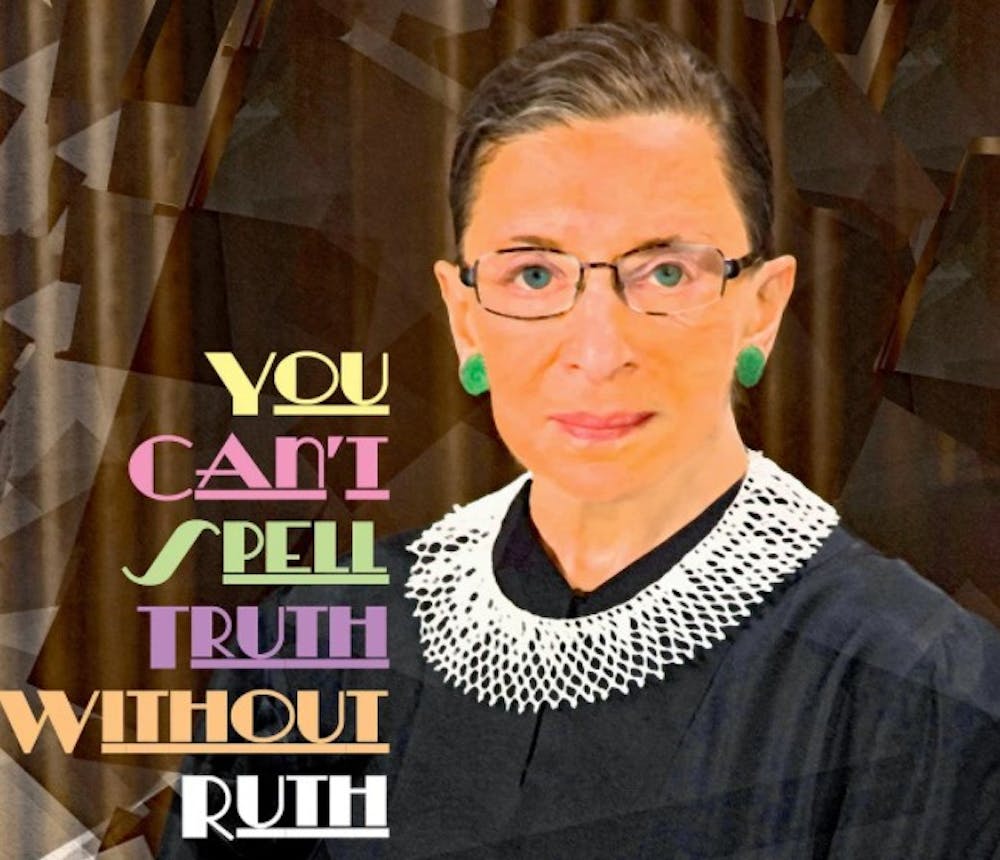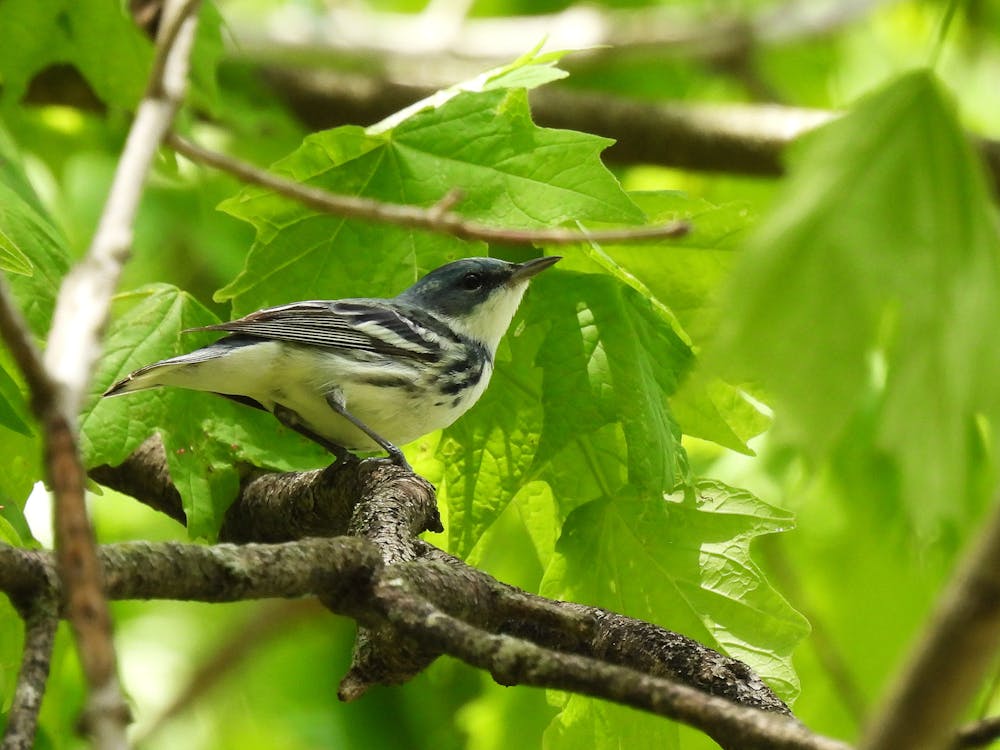By: Annie Lalonde
U.S. Supreme Court Justice Ruth Bader Ginsburg passed away at the age of 87 last week. She has left behind a grateful nation who will not forget her legacy of advocating for women’s rights and the equality of others. It should be known that her passing is mourned by environmental activists as well. Her vote was more than once pivotal to the environmental community. Former U.S. Environmental Protection Agency (EPA) Administrator and current President of the Natural Resources Defense Council Gina McCarthy said “Through her expansive mind, sound temperament and unwavering judicial integrity, she plied the Constitution as a living instrument of American life, lending it meaning in the life of us all,” to address RBG’s impactful work for environmental rights. What follows is a small timeline of her most noted moments in environmental policy while sitting as a Supreme Court Judge.
In 2000, Ginsburg delivered the 7-2 majority opinion in Friends of the Earth vs. Laidlaw that ruled to uphold the rights of private citizens to bring lawsuits in federal court directly against industry in violation of environmental laws. This was key to protecting the Clean Water Act that was implemented in 1972.
In 2001, Ginsburg dissented in the case SWANCC v. Army Corps of Engineers. The Solid Waste Agency of Northern Cook County (SWANCC) chose a sand and gravel pit for their waste disposal site. This site became a pond for migrating birds due to the excavation trenches there, so SWANCC filed for a permit with the Army Corps of Engineers (Corps) in order to fill some of the trenches on the property. This landfill permit was required under the Clean Water Act, but the Corps denied SWANCC’s request for a permit due to the environmental impacts at stake. However, a majority vote of the Supreme Court decided with SWANCC to let them fill the trenches that the birds relied on. In the 5-4 decision for SWANCC, Ruth’s dissent showed some of her earliest support for environmental habitats.
In 2007, Ginsburg’s vote was crucial to how the nation would go forward on climate change. Massachusetts v. EPA was the first ruling on climate change at the highest court level. Her part in the five-justice majority vote led to the ruling that the Clean Air Act granted the EPA the authority to regulate greenhouse gases from automobile tailpipes. This interpretation of the Act by the Supreme Court meant that gas emissions were able to be regulated by the federal government as air pollutants.
With over 27 years on the Supreme Court bench as a judge, she dissented in many cases that were against the protection of the environment and voiced opinions in favor of the EPA’s actions. RBG wanted to keep society moving forward and supported the young people of this nation in doing so.
When speaking about Greta Thunberg, Ginsburg said, “One of the things that makes me an optimist are the young people.” This statement continues to promote the hands she wanted to leave the nation in - hands of leaders of all ages.
Cover photo courtesy of Pixabay




